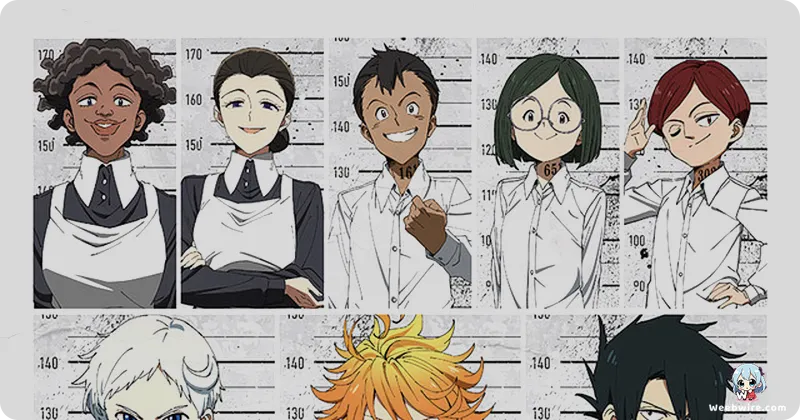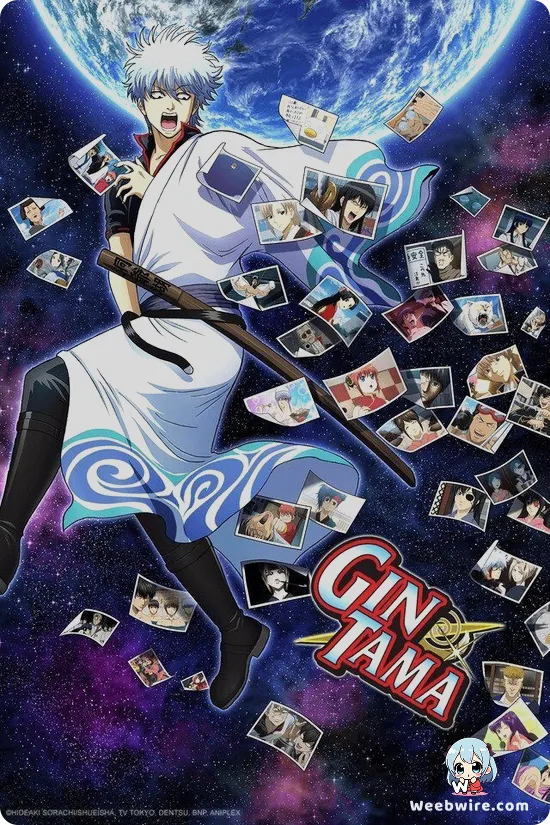Unveiling the Dark Brilliance: Inside 'The Promised Neverland's' Masterful Storytelling and Haunting Art

Beneath its deceptively serene facade, 'The Promised Neverland' plunges audiences into a chilling psychological thriller, captivating global viewers since CloverWorks' 2019 anime adaptation. Conceived by writer Kaiu Shirai and illustrator Posuka Demizu, this series unravels a horrifying truth, transforming a childhood sanctuary into a desperate battleground for survival. Its gripping plot and intense battles of wit offer deep insights into masterful construction.
Masterful Narrative Construction
A cornerstone of its narrative is Kaiu Shirai's legendary meticulousness. Uniquely, Shirai reportedly plotted the entire story arc before serialization, ensuring an impeccably tight narrative with pervasive foreshadowing and thematic consistency. This foresight created a cohesive, suspenseful journey free of plot holes, thus cementing its reputation for intelligent design and breathtaking unpredictability.
Demizu's Distinctive Art Style
Posuka Demizu's distinctive, unsettling art style forms another critical pillar. Her character designs, particularly for the young protagonists, exude charm and innocence, creating a stark contrast with grim realities. This juxtaposition intensely amplifies horror and psychological dread, making disturbing imagery profoundly impactful. Demizu's ability to fuse endearing visuals with a disquieting atmosphere is central to the series' unique identity and broad appeal to thriller aficionados.
Subtle yet significant meanings are imbued within the characters' names: Emma embodies empathy and courage; Norman, the strategic genius, represents fragile normalcy, his name hinting at his extraordinary intellect; and Ray, the pragmatic strategist, offers guidance, subtly suggesting an 'X-ray' vision for his acute perceptiveness. These nuances enrich character development and invite deeper analysis.
Grace Field House itself acts as a character – a meticulously designed, picturesque trap fostering complacency while concealing a terrifying truth. Its architecture, imposing walls, and the forbidden forest are integral to the children's escape attempts and the psychological warfare with Isabella.
CloverWorks' Anime Adaptation
CloverWorks faced the formidable task of translating the manga's intense suspense. Their inaugural season garnered widespread acclaim for masterfully capturing the claustrophobic tension and monumental stakes. Deliberate choices in pacing, sound design, and visual effects heightened psychological horror and emotional resonance, ensuring the anime was both faithful and a powerful standalone work.

Beyond thrills, the series delves into profound philosophical inquiries concerning freedom, humanity, and morality. The children grapple with liberation's true meaning and the immense sacrifices required, confronting moral ambiguities that blur lines between good and evil. This intellectual depth elevates 'The Promised Neverland' beyond a survival story into a thought-provoking exploration of existential themes.
Initial reception for both manga and anime was overwhelmingly positive, lauded for originality, relentless suspense, and deeply developed characters. The profound mysteries ignited countless fan theories, showcasing its remarkable ability to inspire engagement. This enduring legacy stands as a testament to the creative genius of Shirai, Demizu, and CloverWorks. 'The Promised Neverland' remains a benchmark for psychological thrillers, celebrated for its intricate plot, unforgettable characters, and the sheer audacity of its premise – where childhood innocence collides with monstrous reality, leaving an indelible mark on all who dare to explore its chilling depths.
Credits
The Promised Neverland
Author
Kaiu Shirai (writer), Posuka Demizu (illustrator)
Cover Art
Posuka Demizu
Studio
CloverWorks
Publisher
Shueisha
Producers





